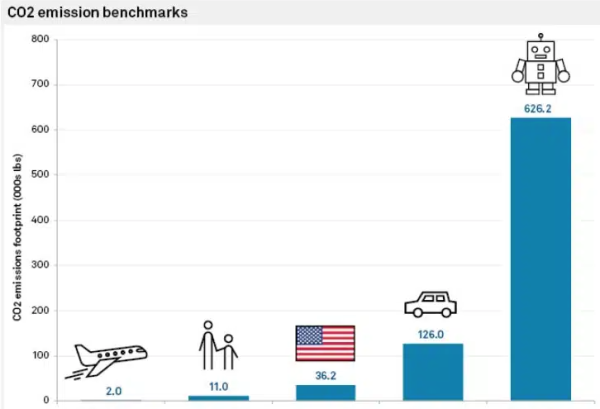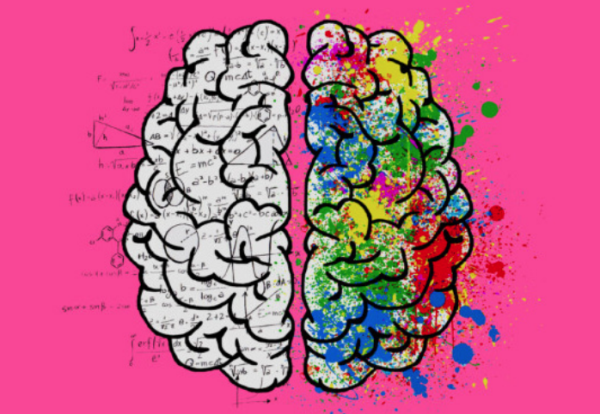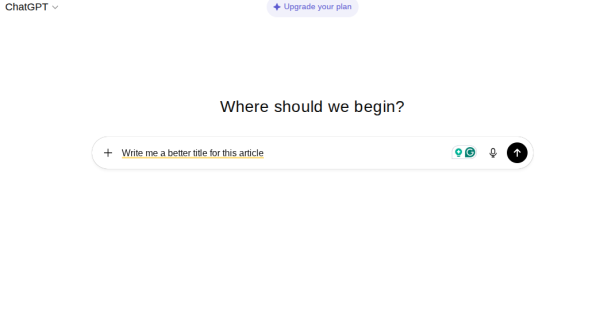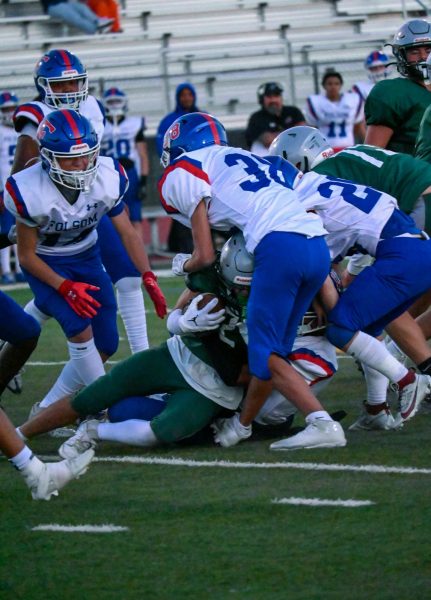Women’s march not inclusive to all
In sixth grade, if there was one political topic that swarmed the area, it was Prop 8.
I was, as a sixth grader would be, completely ignorant on the subject. The only piece of information I had was that it was against same-sex marriage in California.
Despite not knowing much about the topic, the one thing that I did know was that it seemed immoral – how could we not let people marry? If the point of marrying is securing a promise to who you love, who are we to say that a man can’t love another man, or a woman another woman?
Six years later, the argument in opposition or in support of LGBTQ+ rights is still one of deep tension. However, today, I not only have knowledge of the topic, but also the courage to speak about my beliefs.
When Trump won the presidency, I was admittedly heartbroken and worried. I was concerned that the rights of the marginalized would be stripped away. Similarly, I fear that this type of oppression would directly affect me.
When I heard about the Women’s March on Sacramento, I knew that it’d be the perfect chance to voice opinions.
When I arrived at the march, I immediately burst into tears. Already, I was incredibly overwhelmed by the immense feeling of support and unity in the community.
I was overcome with a deep sense of love and appreciation that entire day. The speeches moved me beyond belief. I finally felt that I could speak without being mocked as a “baseless liberal,” express my ideology without being villainized. However, while I still look back at the event in a positive light, I can see the flaws in the message.
If there was one major criticism of the march from the supporters of it, it was that the march lack inclusivity.
The dominant message of feminism that was touted on signs and in speeches was “white feminism,” or a type of feminism specifically geared towards the issues of white, cisgender, heterosexual women.
This isn’t necessarily a “white-person-only” problem – The only feminism I knew was white feminism when I first became aware of the movement – for it is the mainstream feminism that has overtaken social media for the last three years.
The problem of “white feminism” is that it ignores the issues of women of color, queer women, and many more.
We ignore that women of color make at least 20 cents less than white women. We ignore that transgender women are more likely to be sexually assaulted than cisgender women.
We have to recognize these issues. If we don’t, then we no longer fight for a message of equality.
Unfortunately, far too many people think that “white feminism” is a problem of race, but it’s not. It’s a problem of inclusivity. Feminism is for the marginalized, but now, the movement itself is marginalizing.
I still believe that the Women’s March was a necessity, and I still feel incredibly blessed to have the opportunity to intend.
As we keep going in these coming years, it’s important that we recognize that feminism is not “one-size-fits-all.”









![A group photo of all students who came to STN at the first Cinefest of STN were they showed films that other schools did for some of the competitions.
"[my favorite moment was] crazy 8 or cinefest or socializing." Elliana Montez a freshman at GBHS](https://granitebaytoday.org/wp-content/uploads/2025/03/CgHlLzxuCLXTL8GUeOFSXTK2JFtSMxUFrH6bnLcM-600x450.jpg)




